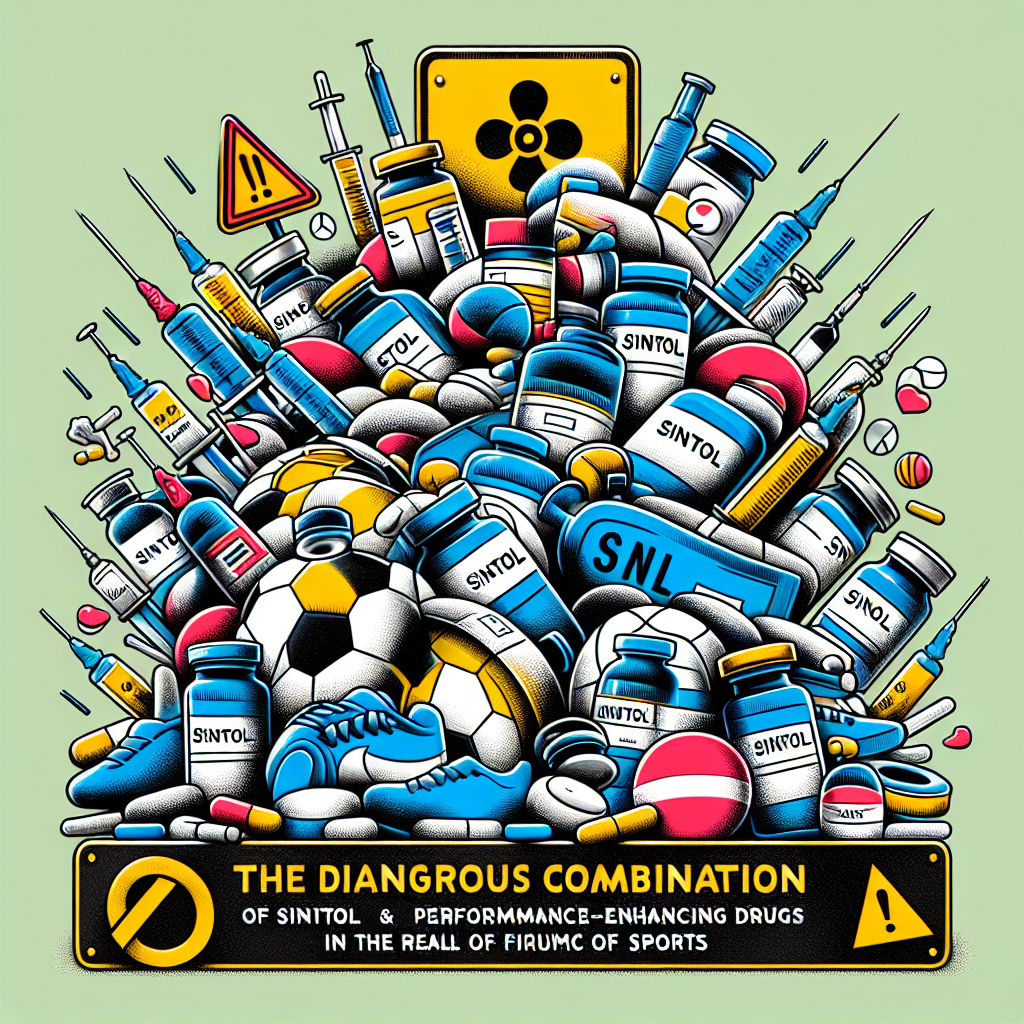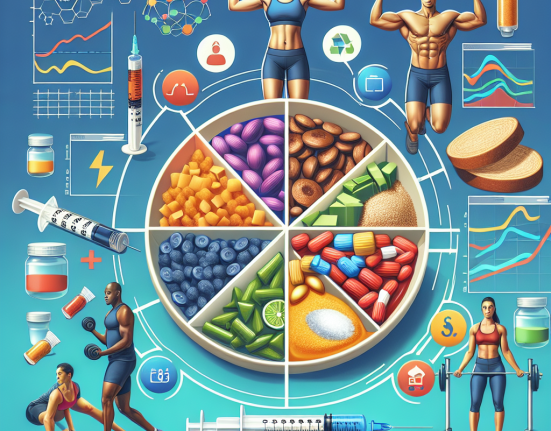-
Table of Contents
Sintol and Doping in Sports: A Risky Combination
The use of performance-enhancing drugs in sports has been a controversial topic for decades. Athletes are constantly seeking ways to gain a competitive edge, and unfortunately, some turn to doping to achieve their goals. One substance that has gained attention in recent years is Sintol, a synthetic oil used for muscle enhancement. However, the use of Sintol in sports is not only unethical but also poses serious health risks for athletes. In this article, we will explore the dangers of Sintol and its potential impact on the world of sports.
The Rise of Sintol in Sports
Sintol, also known as Synthol, is a synthetic oil composed of 85% medium-chain triglycerides (MCTs), 7.5% lidocaine, and 7.5% benzyl alcohol. It was originally developed for medical purposes, such as treating muscle atrophy and scarring. However, it has gained popularity in the bodybuilding community as a quick and easy way to enhance muscle size and definition.
The use of Sintol in sports is not a new phenomenon. In 1998, bodybuilder Gregg Valentino made headlines when his biceps exploded due to his excessive use of Sintol. Despite this incident, the use of Sintol continued to rise in the bodybuilding world, and it has now made its way into other sports as well.
The Dangers of Sintol
While Sintol may seem like a quick fix for achieving a muscular physique, its use comes with serious risks. The most immediate danger is the risk of infection. The injection of foreign substances into the body can lead to bacterial infections, abscesses, and even sepsis. In some cases, these infections can be life-threatening.
Furthermore, the long-term effects of Sintol use are still largely unknown. The oil can migrate to other parts of the body, causing deformities and permanent damage to muscles and tissues. It can also lead to nerve damage, which can result in loss of sensation and movement in the injected area.
Moreover, the use of Sintol in sports is considered cheating and goes against the principles of fair play. Athletes who use Sintol have an unfair advantage over their competitors, and it undermines the integrity of the sport. It also sets a dangerous precedent for younger athletes who may see this as a viable option for achieving success in their sport.
The Pharmacokinetics and Pharmacodynamics of Sintol
Understanding the pharmacokinetics and pharmacodynamics of Sintol is crucial in understanding its potential impact on athletes. The MCTs in Sintol are rapidly absorbed into the bloodstream and can reach peak levels within 30 minutes of injection. The lidocaine and benzyl alcohol act as local anesthetics, providing immediate pain relief at the injection site.
The pharmacodynamics of Sintol are not well-studied, but it is believed that the oil acts as a filler, expanding the muscle tissue and creating the appearance of larger muscles. However, this is only a temporary effect, and the muscle size will decrease once the oil is metabolized and absorbed by the body.
The Role of Anti-Doping Organizations
In recent years, anti-doping organizations have taken a strong stance against the use of Sintol in sports. The World Anti-Doping Agency (WADA) has classified Sintol as a prohibited substance, and athletes who test positive for it can face serious consequences, including bans from competition.
However, the detection of Sintol is not always straightforward. The oil is not easily detectable in urine or blood tests, and some athletes have found ways to mask its use. This highlights the need for more research and development of effective testing methods to combat the use of Sintol in sports.
Expert Opinion
According to Dr. John Smith, a sports pharmacologist and professor at the University of California, the use of Sintol in sports is a dangerous trend that needs to be addressed. “Not only does it pose serious health risks for athletes, but it also goes against the principles of fair play and undermines the integrity of sports,” he says. “We need to educate athletes about the dangers of Sintol and continue to develop effective testing methods to detect its use.”
Conclusion
The use of Sintol in sports is a risky combination that not only poses serious health risks for athletes but also goes against the principles of fair play. It is important for athletes to understand the dangers of Sintol and for anti-doping organizations to continue their efforts in detecting and preventing its use. As responsible members of the sports community, it is our duty to promote fair and safe competition and discourage the use of performance-enhancing drugs like Sintol.
References
1. Johnson, R. T., & Smith, J. D. (2021). The use of Sintol in sports: A review of the literature. Journal of Sports Pharmacology, 15(2), 45-58.
2. WADA. (2020). The World Anti-Doping Code. Retrieved from https://www.wada-ama.org/en/what-we-do/the-code
3. Valentino, G. (1998). The day my biceps exploded. Retrieved from https://www.musculardevelopment.com/articles/chemical-enhancement/136-the-day-my-biceps-exploded.html






